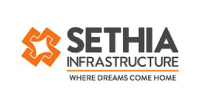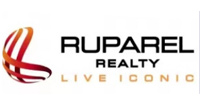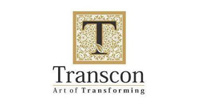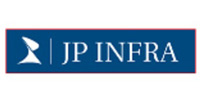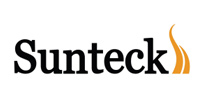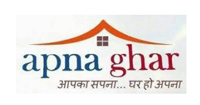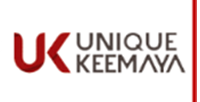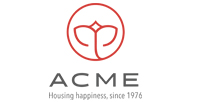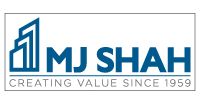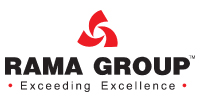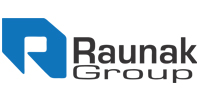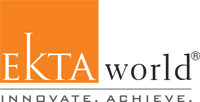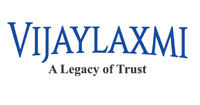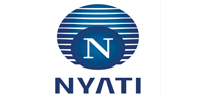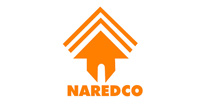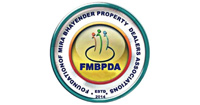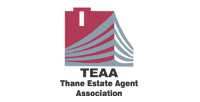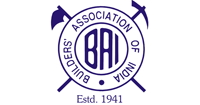Banks consider including stamp duty and registry fees in mortgages.
According to those with knowledge of the situation, home loan applicants may be eligible for higher funding if the banking sector regulator approves a bank application to include stamp duty and other registration fees in the project cost.
Lenders claimed that following an internal discussion at a meeting held last month, they contacted the Reserve Bank of India (RBI).
These expenses are not currently covered by the mortgage loan amount.
“We anticipate that the RBI will rule in our favor, increasing the lending amount to a person. Since the mortgage loan is secured by property, there won’t be any additional risk, according to a senior bank executive who wished to remain anonymous.
If the RBI adopts the proposal, a borrower will be eligible for a loan of 75 lahks instead of 60 lahks under the current loan-to-value (LTV) ratios prescribed by the RBI for a project costing 1 crore, including stamp duty and registration expenses of 20 lakh. The percentage of a property’s worth that a lender can loan to a buyer is known as the LTV ratio.
The house loan LTV ratio is now set at 75–90% of the property value in accordance with existing regulations. The LTV ratio cannot be more than 75% if the loan amount is greater than 75 lakh.
To ensure that the effectiveness of loan-to-value norms is not diminished, the central bank had instructed lenders over ten years prior to refrain from including stamp duty or registration fees in the total value of a home.
According to an RBI circular from February 2012, including such fees dilutes the required margin because stamp duty, registration, and other paperwork fees are not refundable, overstating the realizable worth of the property.
The regulator must make the final determination. Another executive spoke on the condition of anonymity, “They can also set a restriction, such the stamp duty and other administrative costs should not exceed 10% of the project cost.
In order to promote affordable housing for these borrowers, the RBI permitted banks to include stamp duty and registration fees in the cost of a unit for house loans up to 10 lakh in 2015.
According to the Reserve Bank’s most recent Financial Stability Report, residential dwelling loans made up 14.2% of all advances in March 2023 compared to 8.6% in March 2012.
“In March 2023, the banking system’s overall exposure to real estate was 16.5% of all loans. Loan defaults continue to be less than 2% due to the secured nature of these loans and loan-to-value ratio rules, according to the RBI data.















